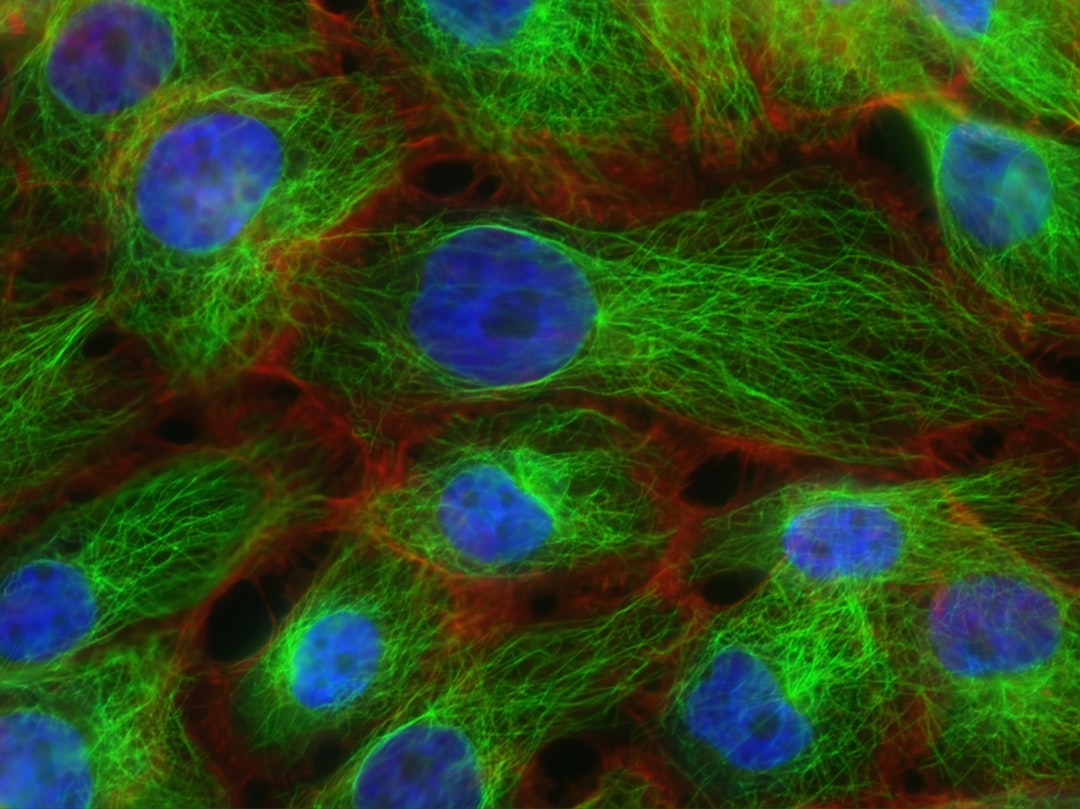What is it about?
Hypoxia-inducible factor-2 (HIF-2) is a an important molecular hub in lung physiology. Upregulation of HIF-2 in lung endothelial cells may determine the development of the vascular phenotype in chronic obstructive pulmonary disease (COPD) that is characterized by a very poor prognosis due to severe pulmonary hypertension (PH). In contrast, downregulation of HIF-2 in the lung promotes emphysema. Understanding of the potential mechanisms of HIF-2 dysregulation in COPD may lead to the development of new treatment.
Featured Image

Photo by Sara Bakhshi on Unsplash
Why is it important?
COPD is a complex and heterogeneous disease, as well as one of the leading causes of morbidity and mortality all over the world. Understanding of the pathomechanisms that determine different COPD phenotypes may serve as a tool for precision medicine.
Perspectives
HIF-2-targeted therapy may improve prognosis in COPD patients.
Oleh Myronenko
Medical University of Graz
Read the Original
This page is a summary of: Endotyping COPD: hypoxia-inducible factor-2 as a molecular “switch” between the vascular and airway phenotypes?, European Respiratory Review, January 2023, European Respiratory Society (ERS),
DOI: 10.1183/16000617.0173-2022.
You can read the full text:
Contributors
The following have contributed to this page










